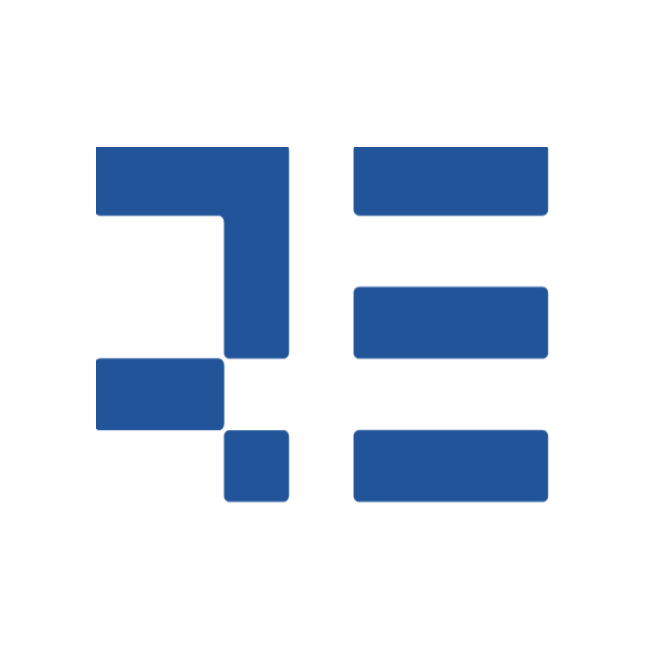REstone- Barrel & Bookend
REstone- Furniture
REsone- Black tiles
REstone- Colored tiles
-
Title of the submitted project/idea
REstone
-
Title of the submitted project/idea (English)
REstone
-
URL of a video introducing the submitted project or idea (5 minutes or less)
-
Brief concept description of the submitted project/idea
REnato lab has collaborated with collector, recycler, designer and manufacturer, to turn waste printed circuit boards (WPCBs), which are nearly 3–6 wt % of the total electronic waste, into “REstone” that could be used in interior design, product design and architecture. As an alternative for incinerating WPCBs, REstone can reduce carbon emissions by nearly 83%. It has welcomed its third generation this year, and was first used as exterior tiles in a public building.
-
Brief concept description of the submitted project/idea (English)
REnato lab has collaborated with collector, recycler, designer and manufacturer, to turn waste printed circuit boards (WPCBs), which are nearly 3–6 wt % of the total electronic waste, into “REstone” that could be used in interior design, product design and architecture. As an alternative for incinerating WPCBs, REstone can reduce carbon emissions by nearly 83%. It has welcomed its third generation this year, and was first used as exterior tiles in a public building.
-
Detailed description of the submitted project/idea
The most challenging part of Circular Economy practice is collaboration across the value chain due to vertical division of the industry. Since 2014, REnato lab has collaborated with collector, recycler, designer and manufacturer, to turn waste-printed circuit boards (WPCBs) into artificial stones.
The production process is continuously optimized and we welcomed its third generation last year, the products can be mass-produced as building materials, the mining and use of new materials are greatly reduced, and the recycling of discarded circuit boards is expected to be driven due to the rising demand created.
In Taiwan, industrial production accounts for 50% of carbon emissions, and the processing of virgin materials accounts for 88% of it. Therefore, if we can properly recycle and use recycled materials, we can effectively reduce carbon emissions in the production process. Taking the reduction of incineration as an example, if the waste printed circuit boards to be incinerated in Taiwan are changed to physical treatment, like what REstone did, carbon emissions can be reduced by nearly 83%.
REstone is made by recycled circuit board glass fiber along with recycled plastics. These are often asked by the government to be properly handled by legitimate waste management companies. Rather than paying for discarding the wastes, REstone provides another option for turning waste into upcycled materials.
The core spirit of Circular Economy is to decouple economic growth from resource consumption. REstone establishes a virtuous cycle to encourage recycling, preserve natural resources by cutting down the needs for virgin materials and increasing the use of recycled ones. For each piece of tile and furniture made by REstone sold, we help keep the resource in the value chain.
Partners: Super Dragon Technology (long-term collaborator for materials R&D), nbt.STUDIO (stationery, wall tiles; 2014-2015), Studio Shikai (REstone II Imitation Stone Application including tables, bookends, ice buckets; 2017) -
Detailed description of the submitted project/idea (English)
The most challenging part of Circular Economy practice is collaboration across the value chain due to vertical division of the industry. Since 2014, REnato lab has collaborated with collector, recycler, designer and manufacturer, to turn waste-printed circuit boards (WPCBs) into artificial stones.
The production process is continuously optimized and we welcomed its third generation last year, the products can be mass-produced as building materials, the mining and use of new materials are greatly reduced, and the recycling of discarded circuit boards is expected to be driven due to the rising demand created.
In Taiwan, industrial production accounts for 50% of carbon emissions, and the processing of virgin materials accounts for 88% of it. Therefore, if we can properly recycle and use recycled materials, we can effectively reduce carbon emissions in the production process. Taking the reduction of incineration as an example, if the waste printed circuit boards to be incinerated in Taiwan are changed to physical treatment, like what REstone did, carbon emissions can be reduced by nearly 83%.
REstone is made by recycled circuit board glass fiber along with recycled plastics. These are often asked by the government to be properly handled by legitimate waste management companies. Rather than paying for discarding the wastes, REstone provides another option for turning waste into upcycled materials.
The core spirit of Circular Economy is to decouple economic growth from resource consumption. REstone establishes a virtuous cycle to encourage recycling, preserve natural resources by cutting down the needs for virgin materials and increasing the use of recycled ones. For each piece of tile and furniture made by REstone sold, we help keep the resource in the value chain.
Partners: Super Dragon Technology (long-term collaborator for materials R&D), nbt.STUDIO (stationery, wall tiles; 2014-2015), Studio Shikai (REstone II Imitation Stone Application including tables, bookends, ice buckets; 2017) -
URL of your project / idea
https://www.renato-lab.com/projects/restone-t2rct-lrmdj-abtfk-f5fky-fjen3-7sjm8


